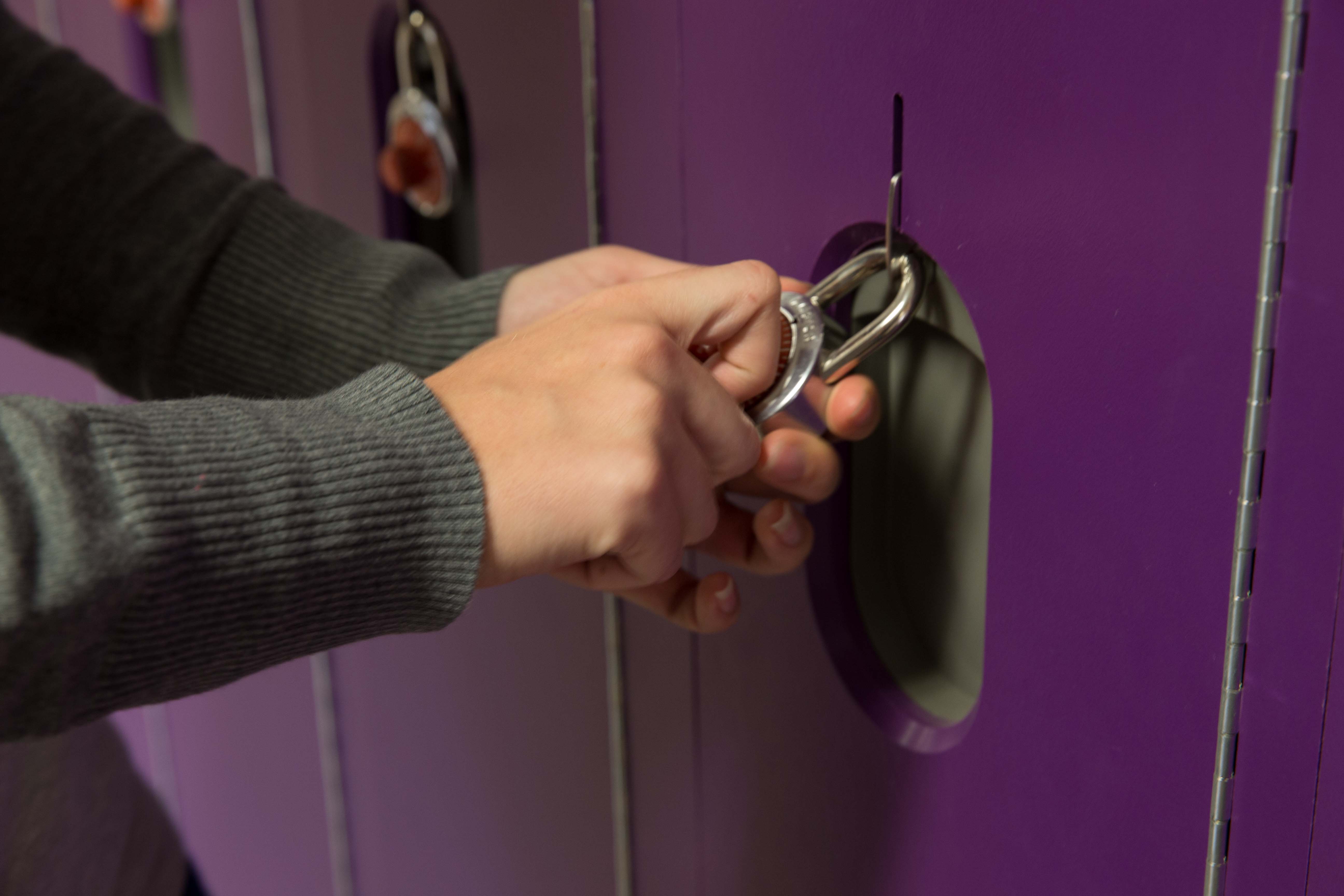Components to Consider When Designing College Campus Locker Rooms

Designing a college campus locker room is no easy task. There are a lot of things to consider, like how to circulate foot traffic through the space and what kind of materials to use for the lockers, vanities, and stalls. Making sure to run through these concepts during the design phase will help to ensure a well-planned and high-functioning locker room that students will love.
Now let’s take a closer look at some of the major components to consider when designing a locker room.

Locker Room Amenities
Although most people think of lockers and showers when picturing locker rooms, and for good reason, they aren’t the only amenities you want to consider. For instance, dry and wet vanities are an important component of any well-built locker room. These vanities provide students an ideal place to shave or apply makeup.
Traffic Circulation
It’s not enough to design a locker room with showers, bathrooms, and changing space. The flow of the locker room should make sense and inhibit a good flow of traffic. The main path should have enough room for two people to pass each other, and access to dry areas from wet areas should be somewhat direct and close while still providing an adequate level of privacy.
Lockers
Determining how many lockers to have inside your locker room depends on a variety of factors. For one, how many people can your facility accommodate? The next thing to consider is the number of students you reasonably expect to be using the lockers. A result of busy student life may find more students arriving dressed to work out and then returning home to change and shower.
In the end, it will be a mixture of user necessity and space availability that will determine how many lockers to provide.
Showers
Most designers know that the shower area should be tiled to provide a moisture-resistant surface, but not just any type of tiles will do. You need to make sure that they have a proper slip-resistant texture to prevent accidental falls. Smaller tiles, about one square inch or less, are usually best.
For the shower stalls themselves, you might consider using a highly durable plastic that’s resistant to mildew and rust.
Choosing the Right Materials
There are plenty of options when it comes to materials for your college campus locker rooms. However, given its often-humid nature, certain materials fare better than others. For example, wood can be extremely prone to mold, mildew, and rotting when exposed to moisture, making it a poor choice for shower stalls or wet vanities.
Another popular option because of its durability is metal. However, metal is prone to rusting and denting, which means you’ll need to replace it later on down the road.
HDPE plastic, on the other hand, is highly durable and resistant to virtually all locker room hazards. In fact, HDPE has been tested to resist rust, scratches, dents, mildew, corrosion, and even graffiti.
To learn more about choosing the right material for your college campus locker room, download the free eBook 7 Crucial Mistakes Architects Make When Choosing Bathroom Partitions or Locker Materials.

